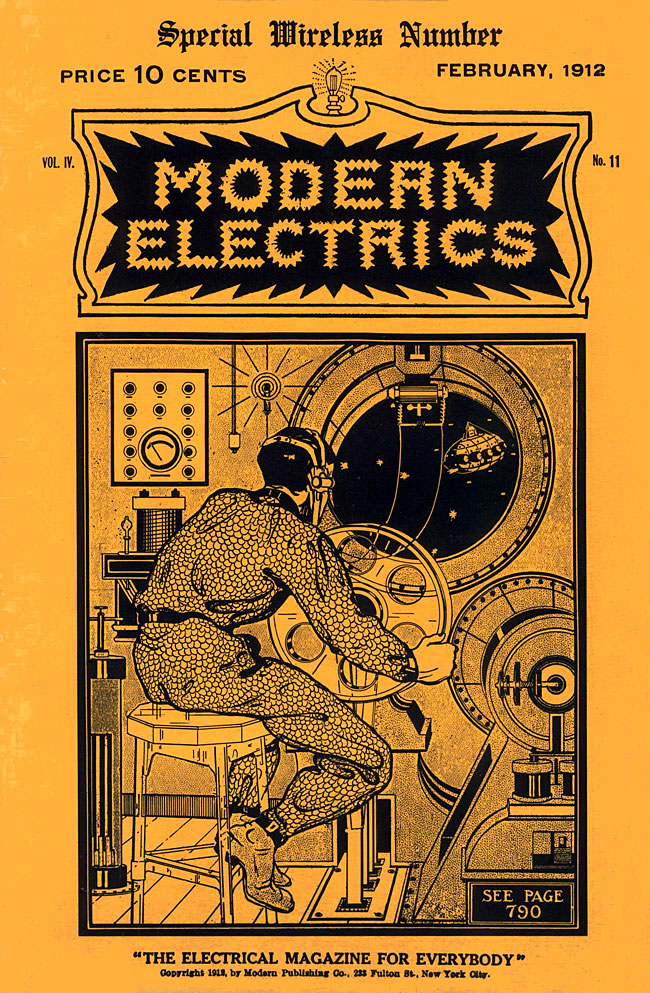When telling an account of misguided (and in some cases even delusional) people, there's always a bit of a balancing act between the desire to let the story tell itself and the impulse to jump in and point out important facts. The article (also from the New Yorker) on the essential oil industry that we spent quite a bit of time discussing last year did an almost perfect job maintaining this balance. Between the narrative and context, the damning conclusions were all but inescapable.
Perhaps the problem here is length. The piece is simply too short for the nuanced story it needs to tell. As a result, we get a beautifully drawn picture of a group of people pursuing a dream, but no real indication of how unrealistic and even dangerous that dream is.[emphasis added throughout]
Between mid-December and early February, bitcoin lost more than half its value, dropping from a high of nearly twenty thousand dollars to just below seven thousand. Depending on whom you asked, it was either a catastrophe—a portent of things to come—or a rare opportunity. Anthony Pompliano, a venture capitalist who is prone to posting bullish, cryptocurrency-related aphorisms on Twitter (“Bitcoin is the ultimate test of someone’s imagination”), reassured his eighty-three thousand followers that it was almost certainly the latter. “This may be the first real ‘crypto recession,’ ” he wrote. “Those that stick around will be rewarded immensely.”
...
By many counts, “literally every guy in crypto” is pretty much everyone in crypto, at least for the time being. A handful of surveys and studies estimate that women make up somewhere between four and sixteen per cent of cryptocurrency investors. Morin, during her introductory remarks, explained that she had heard the four-per-cent figure over the recent winter holidays, when bitcoin was valued at nearly twenty thousand dollars. Part of the problem, she determined, was a paucity of educational resources for women about the fundamentals, and risks, of investing in cryptocurrencies. “We have an opportunity to rebuild the financial system,” Morin said, quoting Galia Benartzi, the co-founder of Bancor, a cryptocurrency protocol; protocols, like Bitcoin or Ethereum, enable decentralized networks of computers to collaborate in maintaining a shared history of immutable transactions, known as the blockchain. “Are we going to do it with all guys again?”
If your goal is to get more women investing in products like Bitcoin, making them better educated about cryptocurrencies and their risks is the opposite of what you want to do. This is one of those points that would make itself in a more nuanced piece but which needs to be spelled out explicitly here. Pretty much any responsible expert will tell you that, in terms of investment, Bitcoin et al. are likely to crash in the fairly near future and have very little chance of recovering even a fraction of their current value (which already represents a serious drop from the peak value). To leave this detail out is like telling a story of pioneers heading west and not mentioning that their route goes through the Donner Pass.
The brevity and lack of context also means that some of the most interesting historical and cultural aspects of the story are hit upon but not delved into. For instance, there's the growing sense (almost always indicative of a dangerous bubble) that the risks of not investing exceed, perhaps by a great margin, the risk of investing, an attitude you'll seldom see more plainly stated than this [again emphasis added]:
Though the speakers emphasized, for legal reasons, that they were not offering financial advice, the general consensus on how to participate wasn’t particularly novel: buy a little bitcoin (“as much as you feel comfortable never seeing again,” Alexia Bonatsos, a venture capitalist, advised); start experimenting with different wallets (the ways, or places, to securely store one’s public and private keys, used to send and receive currency); and play the long game. Take advantage of resources, such as Linda Xie’s guides to cryptoassets and Laura Shin’s “Unchained” podcast, and ask knowledgeable friends for access to Listservs and online communities—in short, network and Google. (It doesn’t hurt to have some technical know-how; for security reasons, it’s safer to have a hardware or paper wallet than to use the more user-friendly platforms recommended by Morin and Bonatsos, like Coinbase or Robinhood.) “Think, obviously, about the risk of what you’re putting in,” Simpson said. “But really think about what is the risk of not investing, and not learning and not participating. Because I think, over a period of decades, if you invest the time, invest money, and start really participating, you will do well.”
Another interesting notion is the idea that schemes which promise the opportunity for anyone who puts up a moderate amount of money to get rich quick are somehow democratic and, more to the point, that criticizing these schemes is somehow undemocratic. If you go back and read a detailed account of the original exploits of Charles Ponzi, you'll see this was a major theme even then.
There is something utopian, and appealing, about the potential for cryptocurrency to provide an opportunity for more equitable wealth distribution.In addition to the standard bullshit stories people tell themselves about implausible get rich quick schemes, cryptocurrencies bring with them all the hype and magical heuristics we would expect from Silicon Valley.
...
Cryptocurrency is the closest thing they have to employee equity, itself a speculative asset; it’s their opportunity to be in the right place at the right time. They’re largely writers and academics, activists and artists, even some tech workers looking for a change.
“It just can’t happen that we have another wave of technical innovation happen, and that all of society is not participating,” he said. “I think that means both men and women; I think that means, you know, people in cities and people in rural areas. This technology is so profound, on so many levels, that it feels really important to educate everyone about it.” By his account, it wasn’t just about the money: the blockchain—that ledger of permanently documented exchanges, which is distributed by participants in a given protocol’s network—has far greater implications. He suggested that other transactions could move to the blockchain, eliminating flurries of paperwork, and intermediaries, as well as increasing the digital security and privacy of all parties; he gave the examples of buying real estate and negotiating venture-capital contracts. (In 2017, women-founded companies accounted for just over four per cent of venture capital deals, and received about two per cent of that year’s venture funding, according to Fortune magazine.) And yet speculation about the possibilities of the blockchain have a tendency to turn cypherpunk. “We all use things like social capital, and love, and empathy,” Dave Morin said. “Most of those ways that we interact have not been turned into money, or haven’t been turned into a currency of any kind. It’s the first time in history that we’re taking all these things that have not been a currency in the past, and turning them into currencies that can be exchanged in various different ways.”
The potential applications of block chains, the viability of Bitcoin is a currency, the wisdom of investing in cryptocurrencies, and the vague but powerful sense that these things are portents of a wondrous New Age all get mixed up in complex and often contradictory ways. For instance, the promise that some new cryptocurrency will shoot up in value greatly undercuts the idea that it would make a good medium of exchange, but you will see these statements made side-by-side all the time.
Finally, the story basically ignores the disturbing potential social costs of the Bitcoin bubble. Of course, any time you promote shady, get rich quick investments, you are likely to drive a significant group of people into financial ruin. In this sense, promoting the bubble is a bit like telling poor people to spend more of their income on lottery tickets. There is, however, one important difference. As a rule, at least some of the money collected for a chance at mega millions goes to things like education and infrastructure. That Bitcoin investment is doing this....
A disused coal power station will reopen to solely power crypto by Swapna Krishna
A closed-down coal plant in Australia's Hunter Valley, about a two-hour drive north of Sydney, is reopening in order to provide inexpensive power for Bitcoin miners. A tech company called IOT Group has partnered with the local power company to revive the power plant and set up cryptocurrency mining operations, called a Blockchain Operations Centre, inside it. This would give the group direct access to energy at wholesale prices.
According to The Age, the Hunter Valley coal power plant was closed back in 2014. Hunter Energy plans to restart the generator in early 2019. The company understands the demands of cryptocurrency mining, and hopes to make the power plant even more attractive to tech companies by adding cleaner energy sources, such as solar power or batteries.
Cryptocurrency mining is an incredibly power-intensive process. It involves using energy hungry computers to solve complex problems, generating intense amounts of heat and using quite a bit of electricity. As a result, miners and mining companies have been on the hunt for inexpensive electricity. Operating from within a coal plant meets that requirement for sure.
























